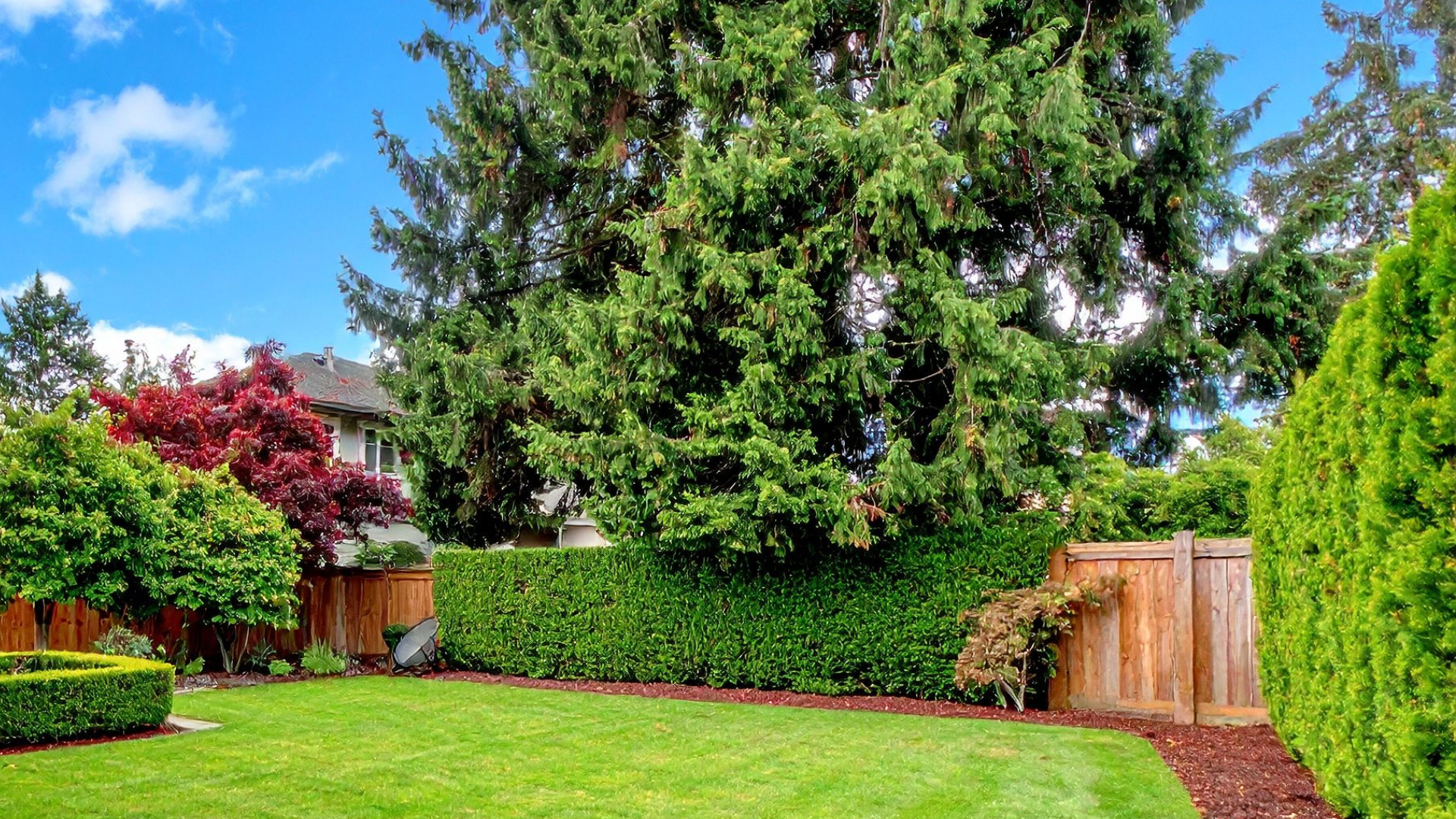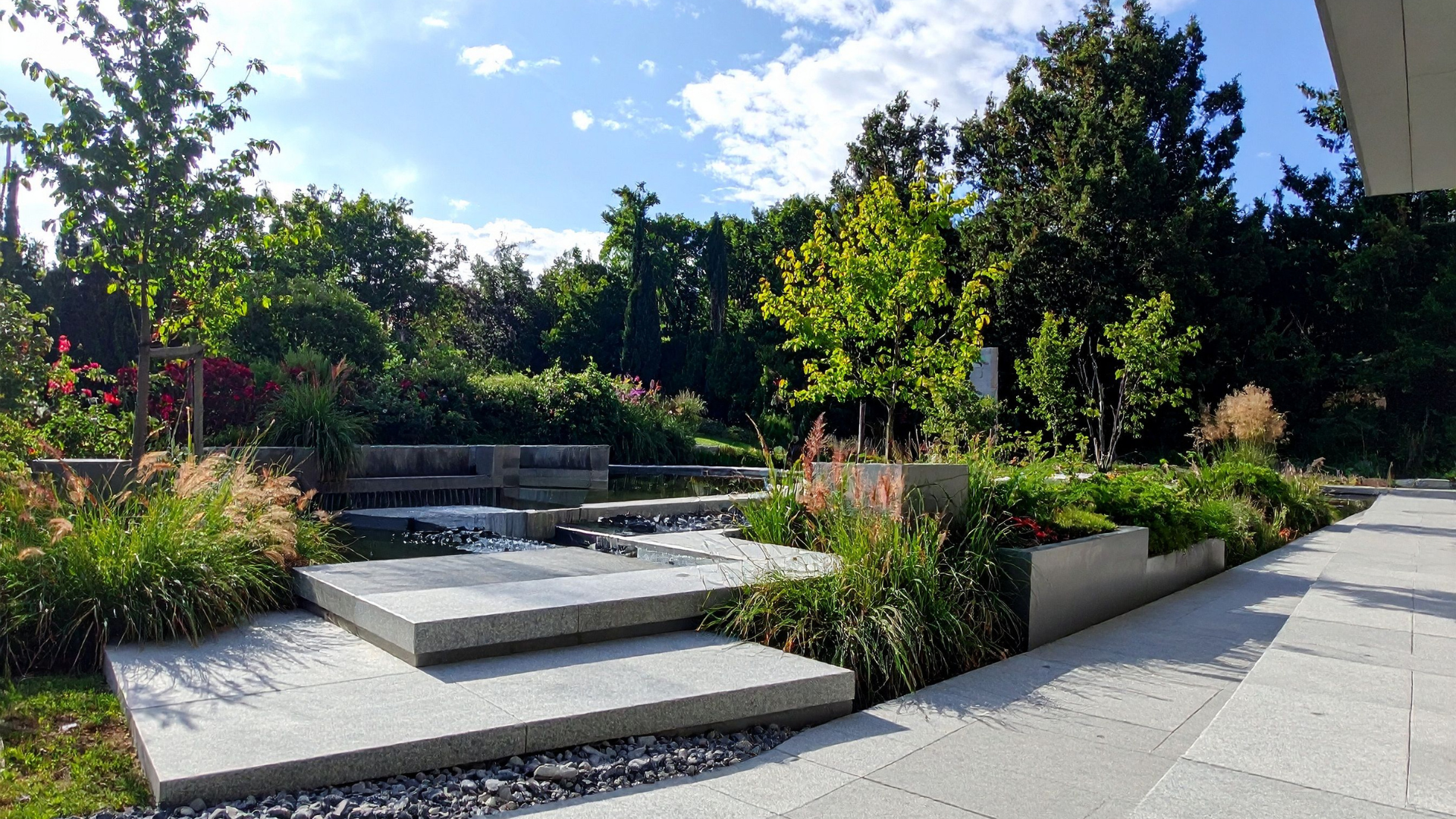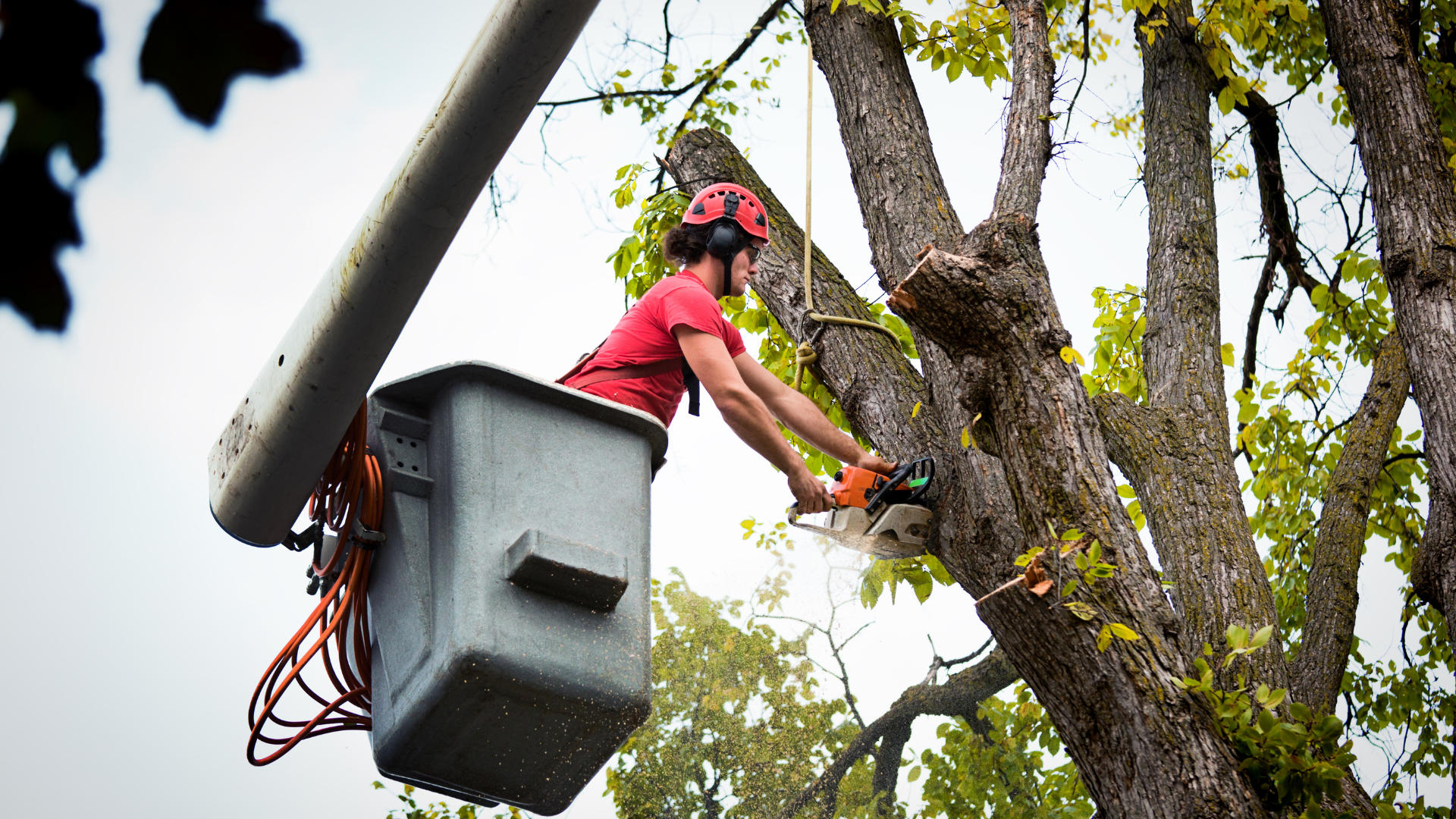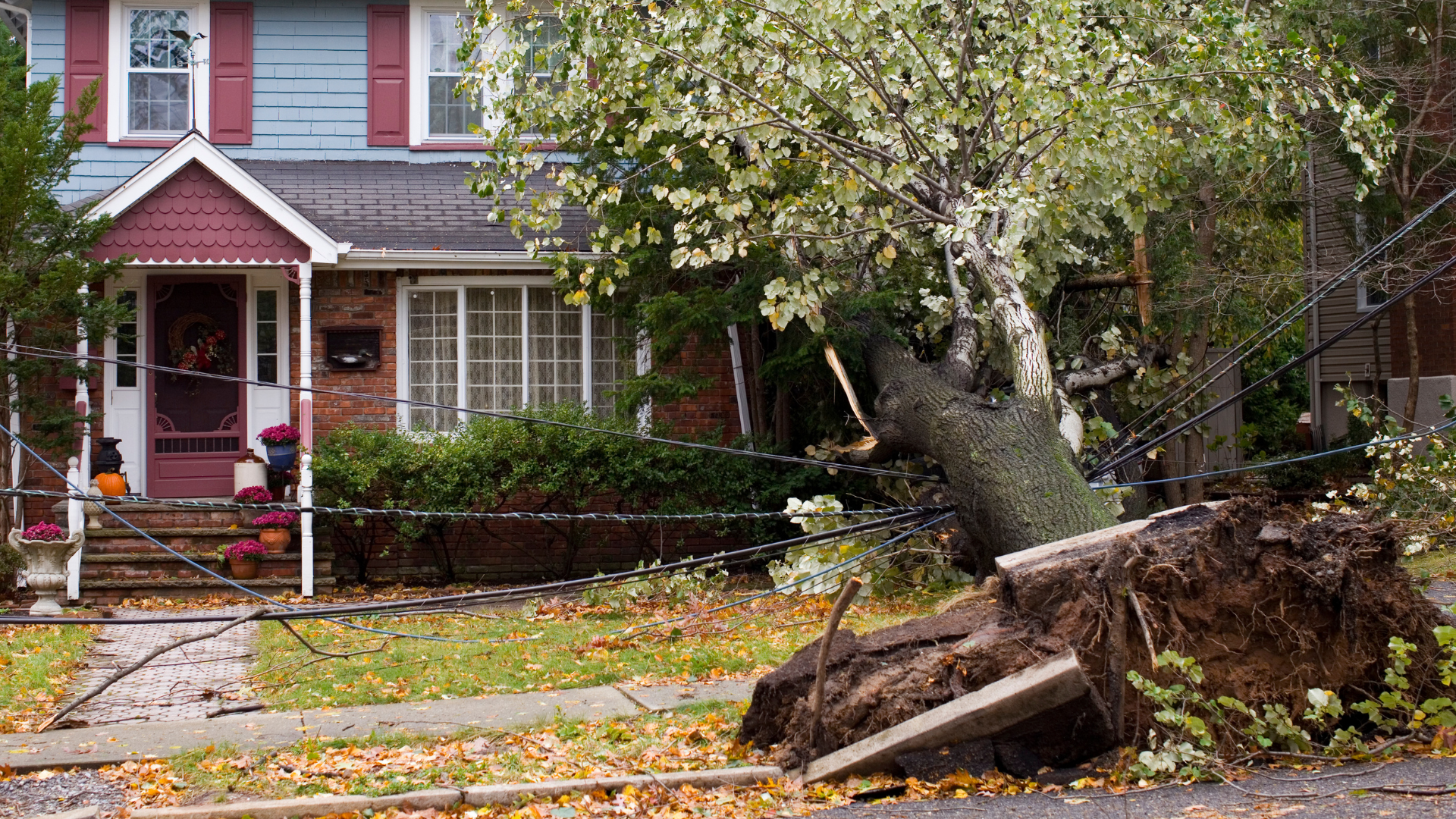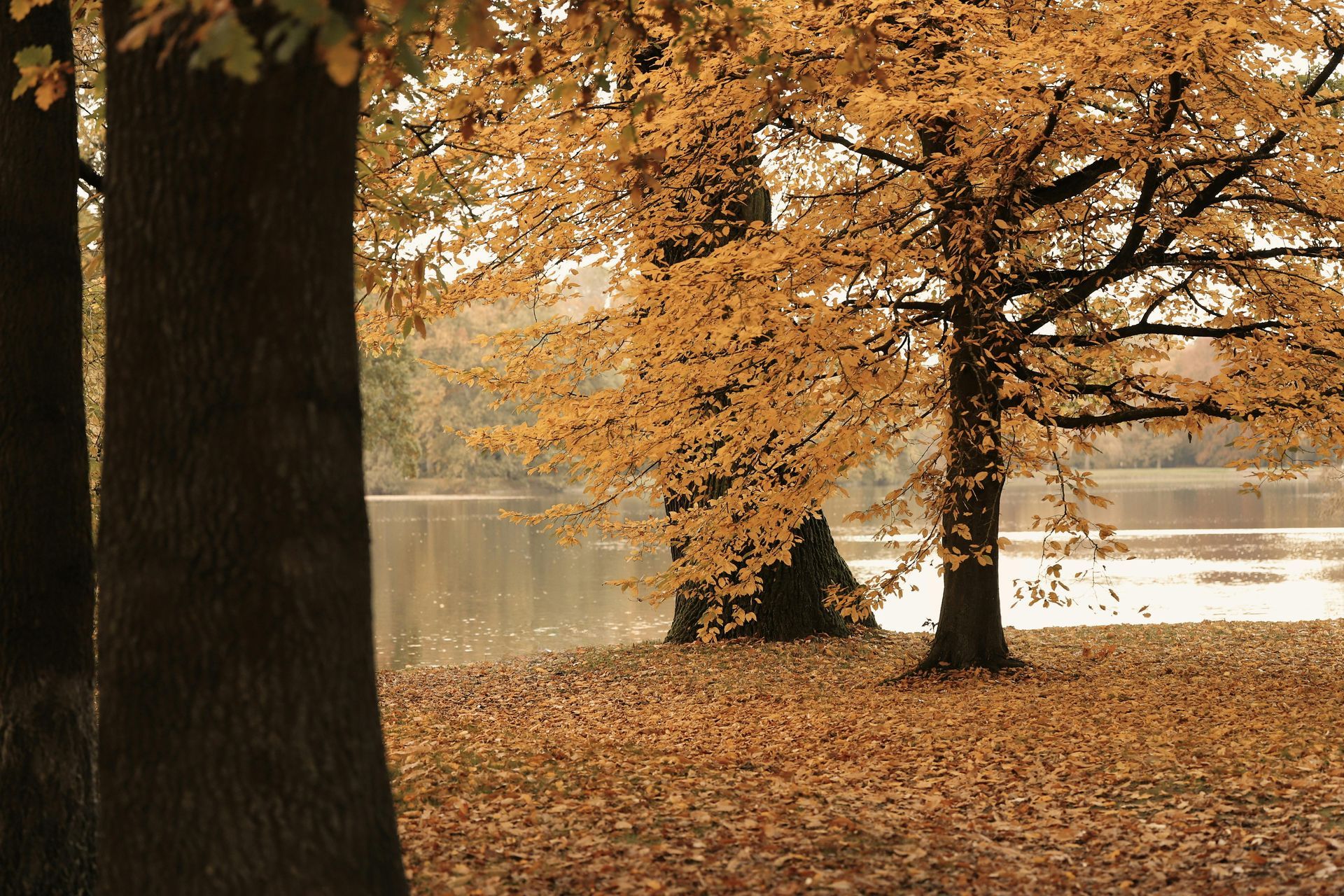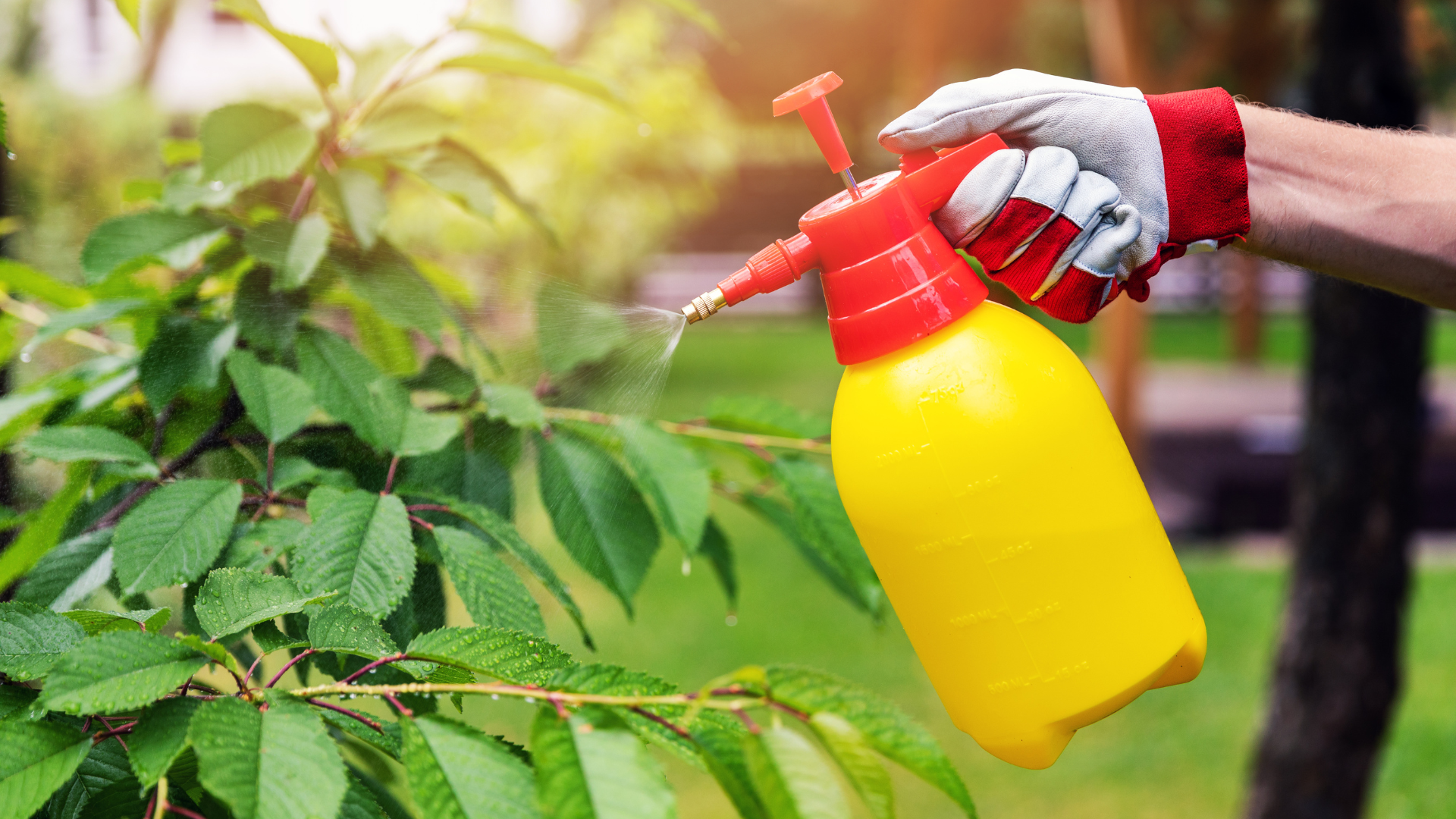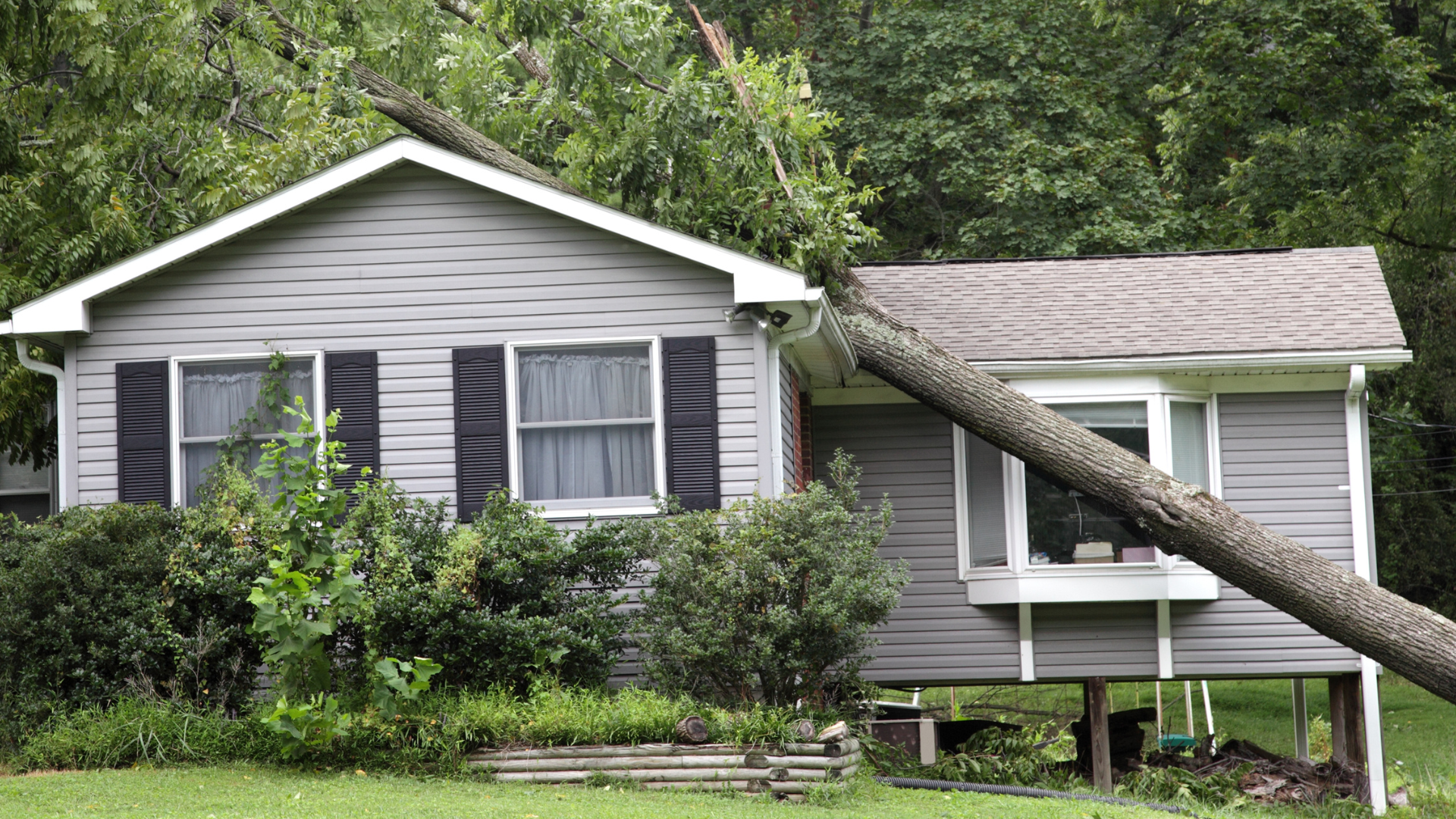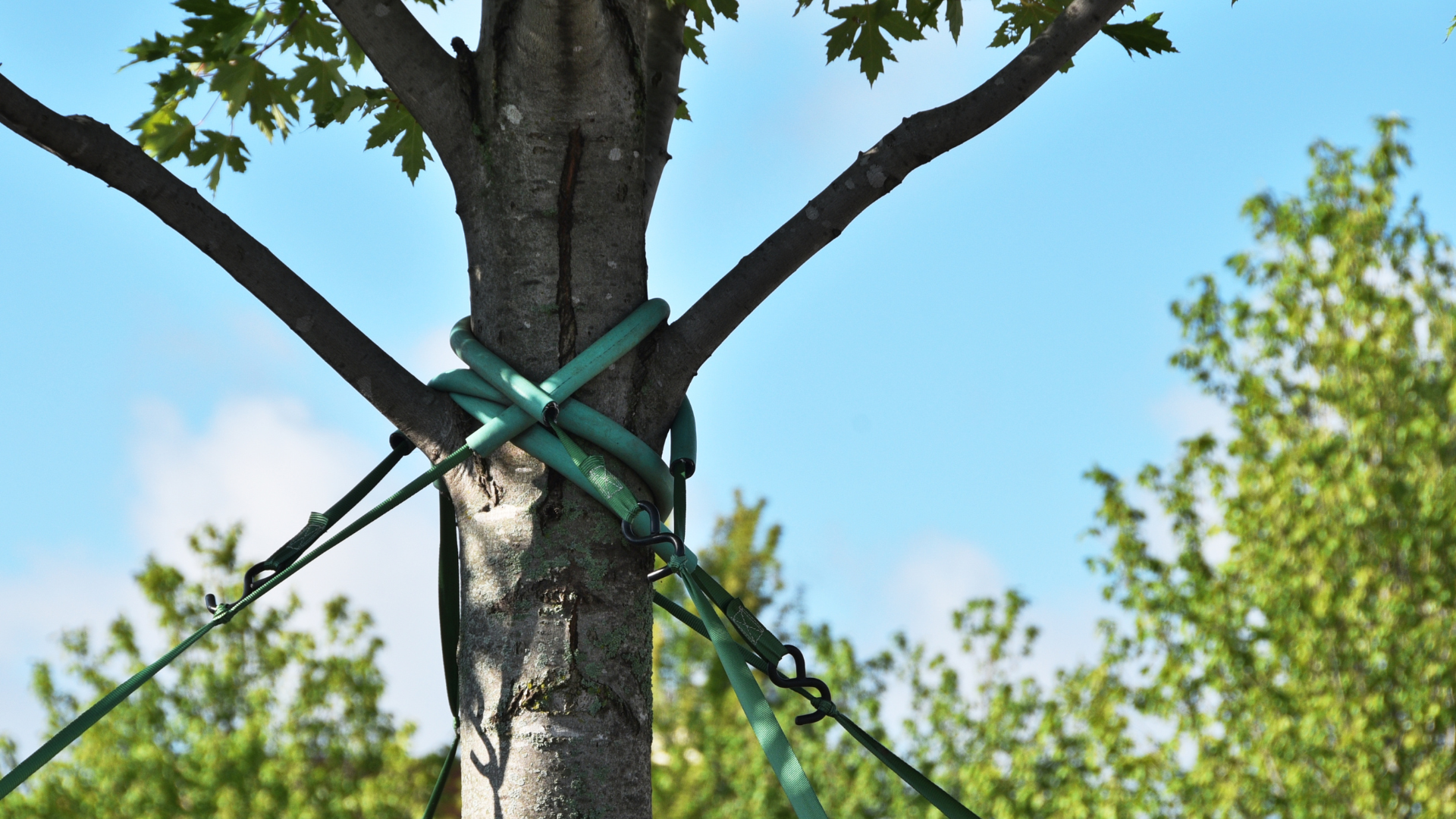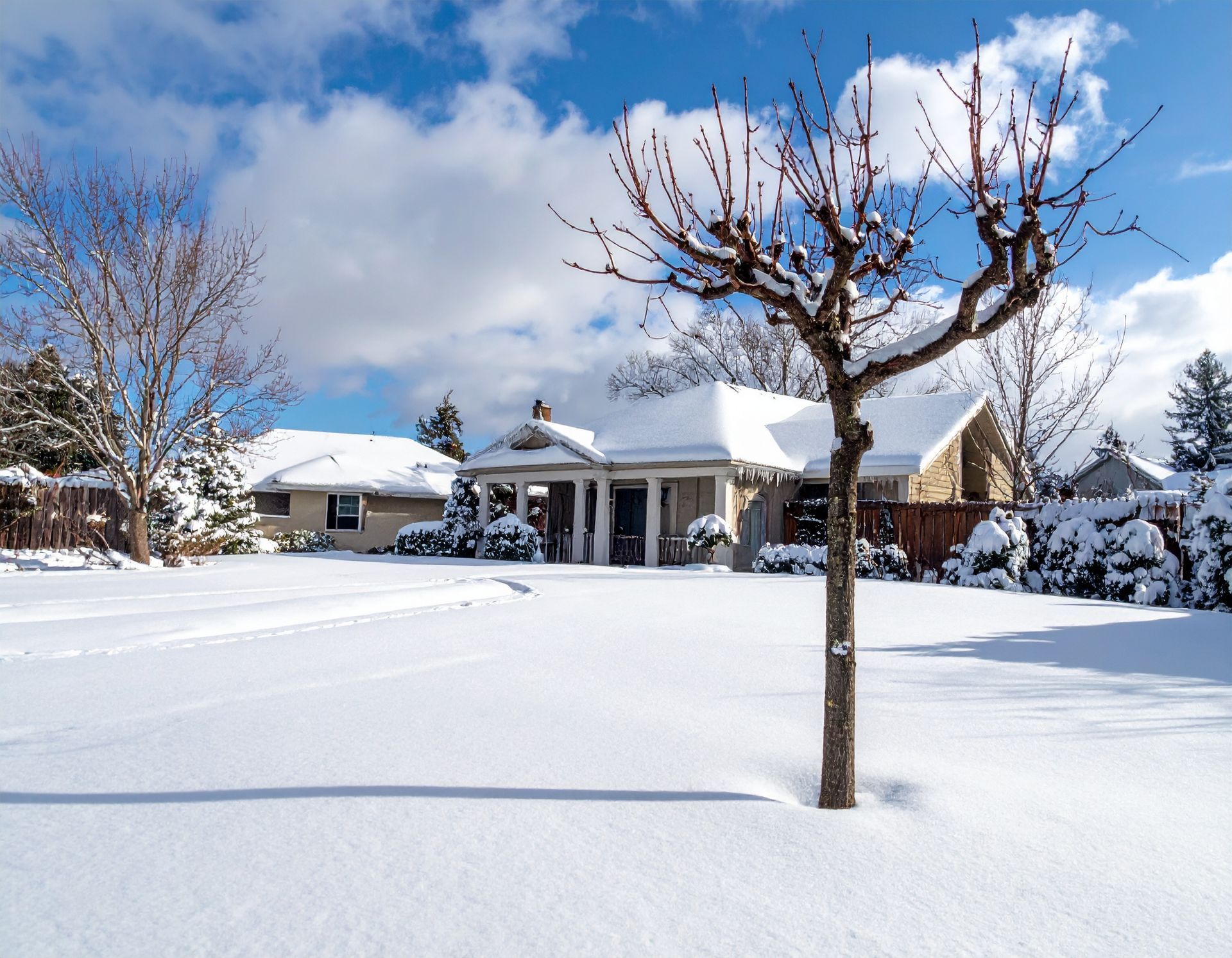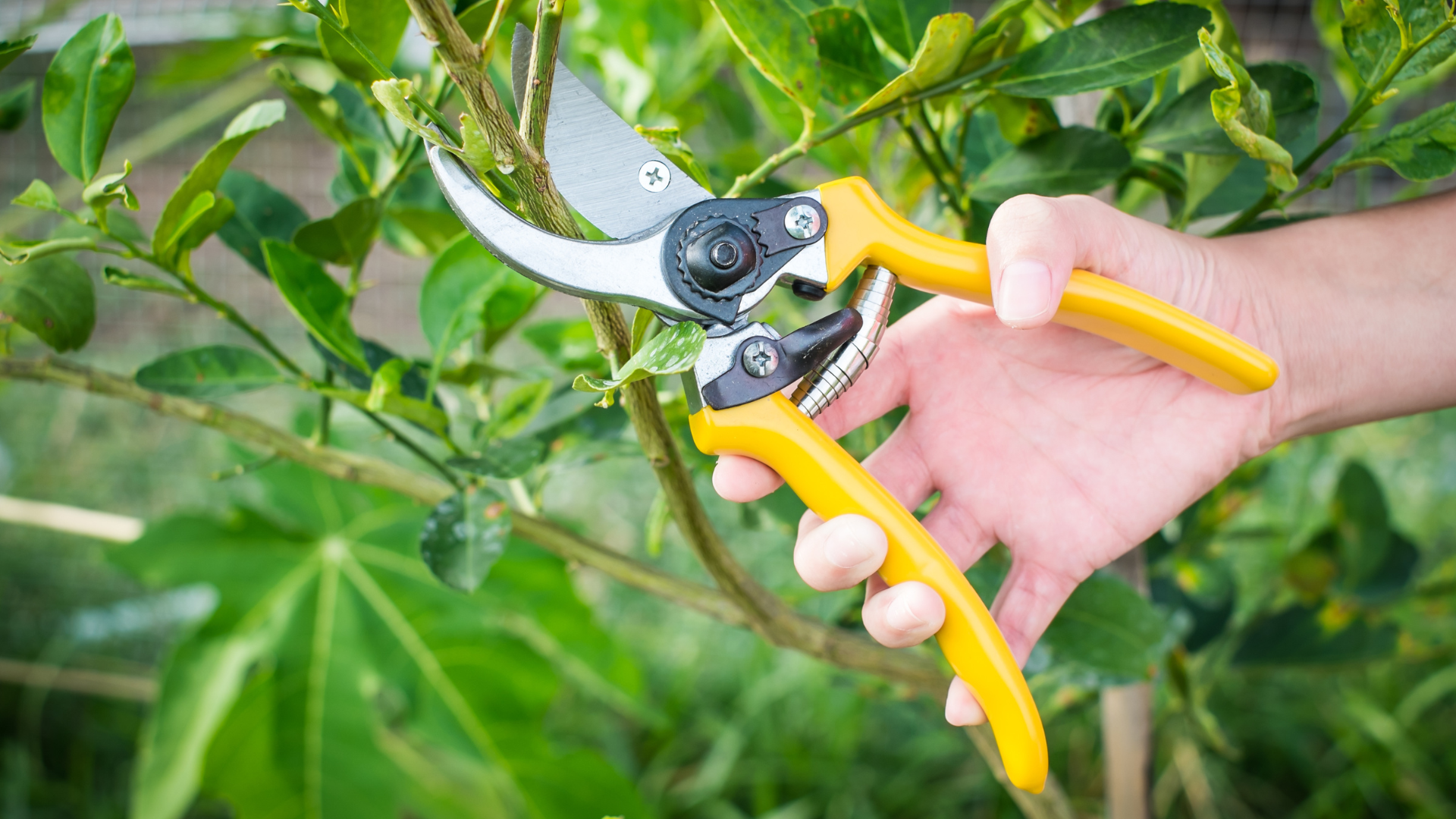The Benefits of Structural Pruning for Young Trees
Young trees have tremendous potential, but without proper guidance, they may develop weak branch patterns, uneven canopies, or structural flaws that become costly and hazardous as they mature. At Midwest Tree Surgeons, we emphasize the importance of early structural pruning because it shapes the long-term health, appearance, and stability of a tree. By directing growth during the early years, property owners can ensure that their trees develop strong frameworks that withstand weather, reduce safety risks, and contribute to a landscape’s long-term beauty.

Why Structural Pruning Matters Early
Trees do not naturally grow in perfect form. They often develop multiple competing leaders, crowded branches, or limbs that emerge at narrow angles. While these issues may seem minor when a tree is young, they can turn into major structural weaknesses over time. Early pruning addresses these problems before they become dangerous or expensive to correct.
When trees mature, large limbs become heavier and more difficult to remove safely. By
pruning during the early years, we can direct a tree’s growth with minimal stress on the tree itself. Early interventions also reduce the likelihood of storm damage, since structurally sound trees are less prone to splitting and breakage.
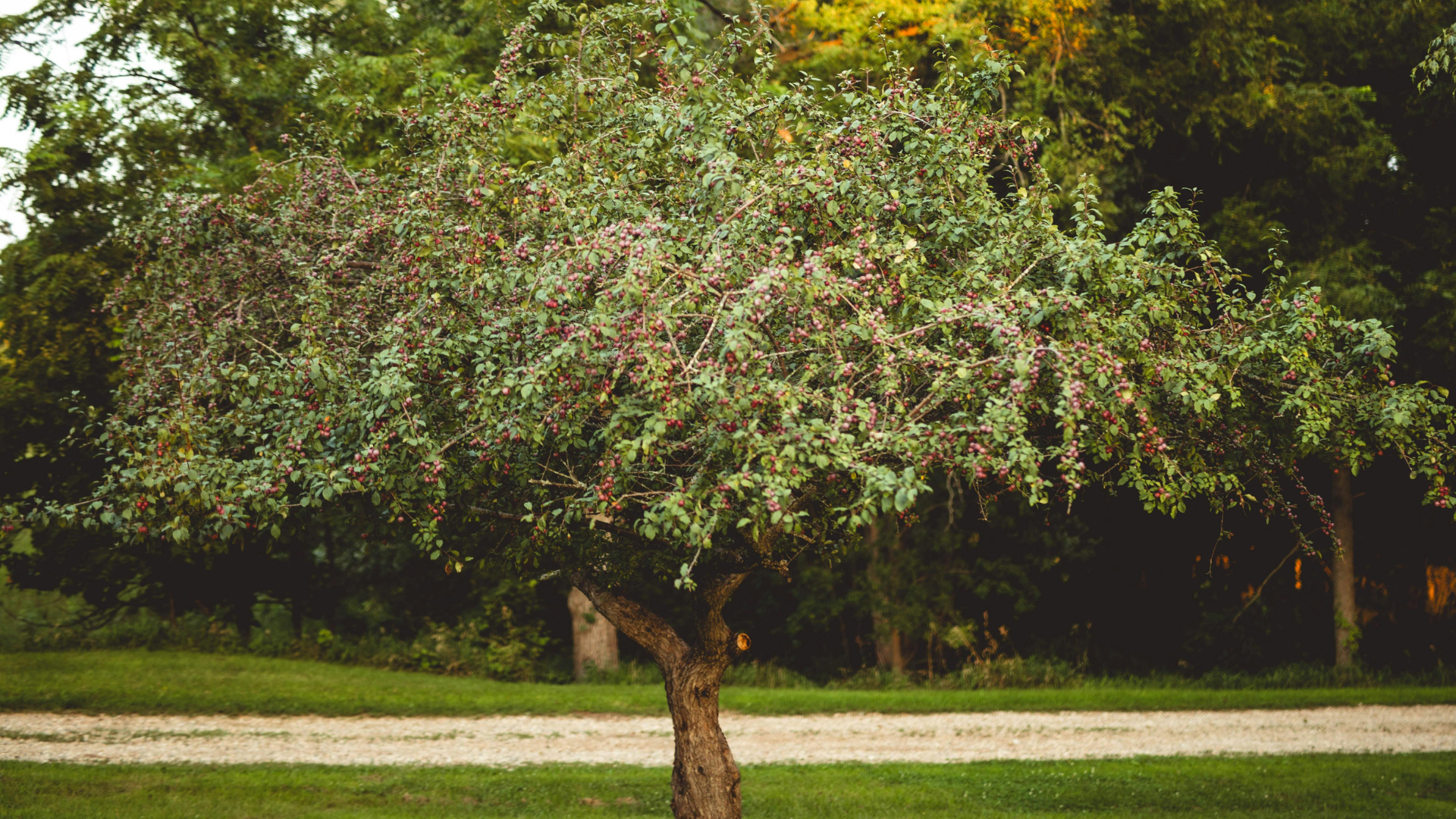
Developing a Strong Central Leader
Most shade trees benefit from having a single, dominant central leader. This strong vertical trunk creates stability and supports a balanced canopy. Without early pruning, young trees often produce two or more competing leaders that create weak attachment points. These weak junctions may split later, especially under heavy snow, ice, or wind.
Structural pruning removes secondary leaders and encourages one trunk to become dominant. This approach improves the tree’s strength and reduces the risk of catastrophic failure as the tree ages. Our team evaluates each young tree carefully to determine the best training approach based on its species, growth habits, and location.
Creating Balanced Branch Structure
In addition to a strong leader, trees need well-spaced lateral branches. When branches grow too close together or emerge at narrow angles, they can create included bark, which weakens branch attachment. Structural pruning reduces these conflicts by promoting wider, healthier branch angles and spacing limbs appropriately along the trunk.
Balanced branch structure improves air circulation and light penetration. With adequate light, trees grow more evenly, and the canopy becomes fuller without becoming overly dense. Proper spacing also reduces the risk of disease by allowing moisture to evaporate more efficiently.

Supporting Tree Health and Longevity
Structural pruning is not just about appearance or safety. It also supports long-term tree health. By removing weak, crossing, or damaged branches early, we reduce stress on the tree and channel its energy into strong, healthy growth. Trees that receive early pruning typically develop thicker trunks, stronger limbs, and more resilient frameworks.
Pruning also minimizes the number of large cuts needed later in the tree’s life. Smaller, early cuts heal more quickly and reduce the risk of decay and pests entering the tree. This helps protect the tree’s internal structure and preserves its vitality for decades.

Reducing Future Maintenance Costs
Addressing structural issues early in a tree’s life is far more cost effective than correcting major problems later. Mature trees with structural flaws may require extensive pruning, cabling, or removal of large limbs to prevent hazards. In some cases, structural failures may lead to property damage, emergency service calls, or loss of the tree entirely.
By investing in structural pruning while the tree is young, property owners can significantly reduce long-term maintenance costs. This proactive approach helps ensure that trees grow safely and remain an asset to the property rather than a liability.
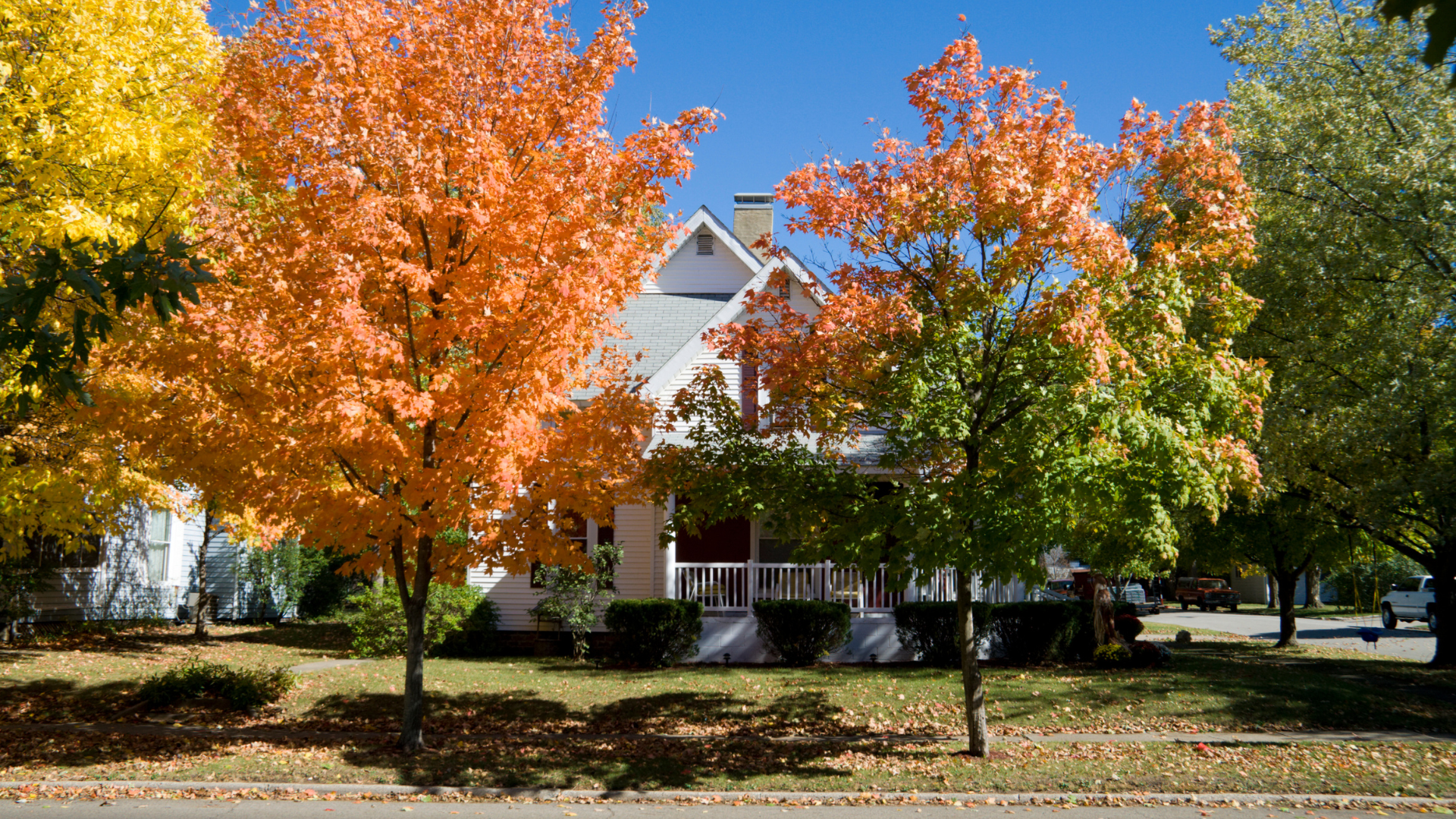
When to Schedule Structural Pruning
The ideal time to perform structural pruning is within the first few years after planting. Most species benefit from pruning once every one to three years during their formative stage. Our arborists evaluate each tree based on its growth rate, species characteristics, and site conditions to determine the appropriate schedule.
Winter and early spring are often the best seasons for young tree pruning, since the tree is dormant and pruning wounds can heal efficiently once growth begins.
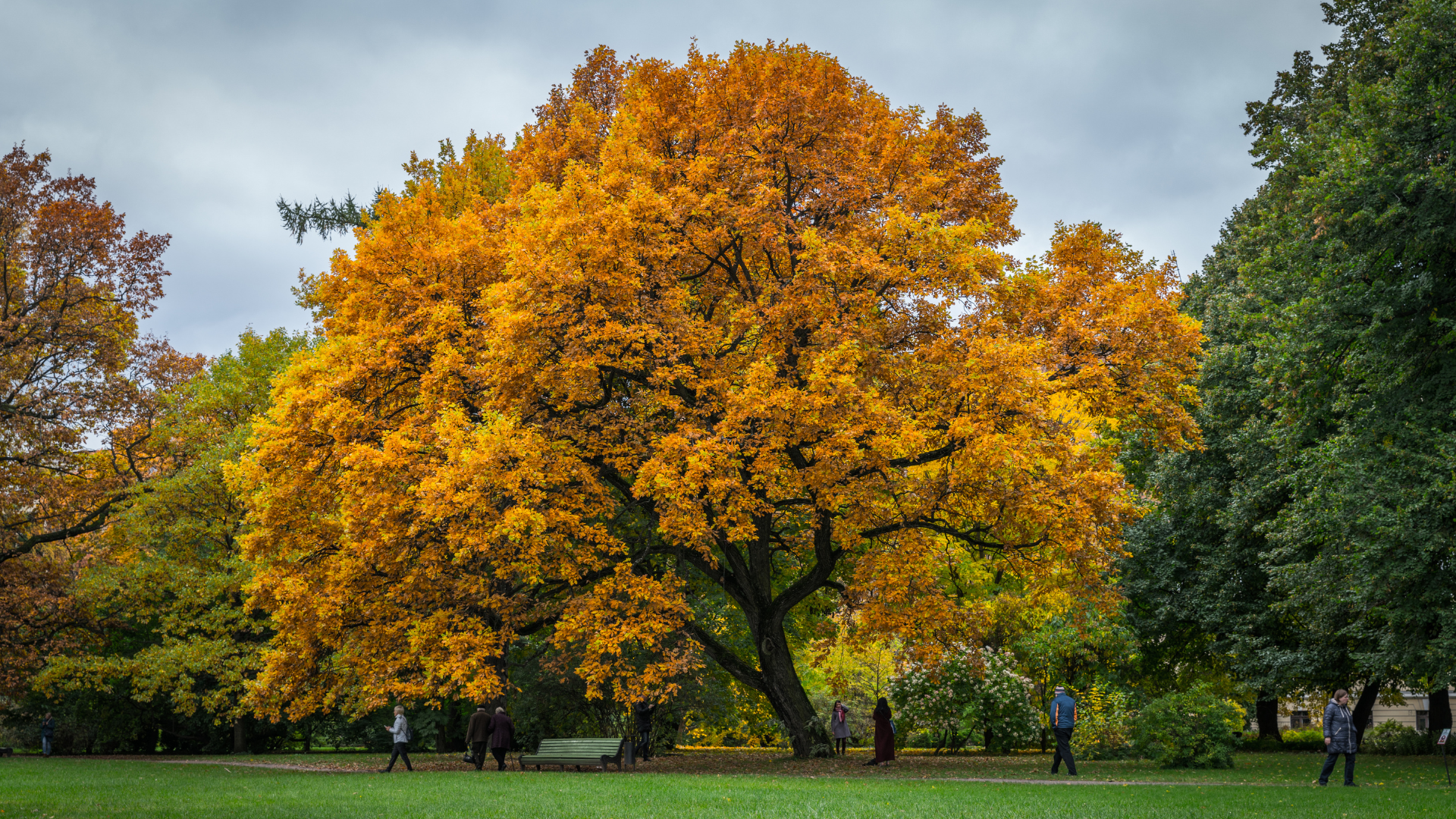
Growing Toward Stronger Trees
Healthy, well-shaped young trees become safer, more attractive, and easier to maintain as they mature. Structural pruning provides the guidance they need to develop correctly and thrive long into the future. At Midwest Tree Surgeons, we take pride in helping property owners invest in the long-term success of their landscapes. Our team is ready to evaluate your young trees, create a pruning plan, and support their growth every step of the way.

